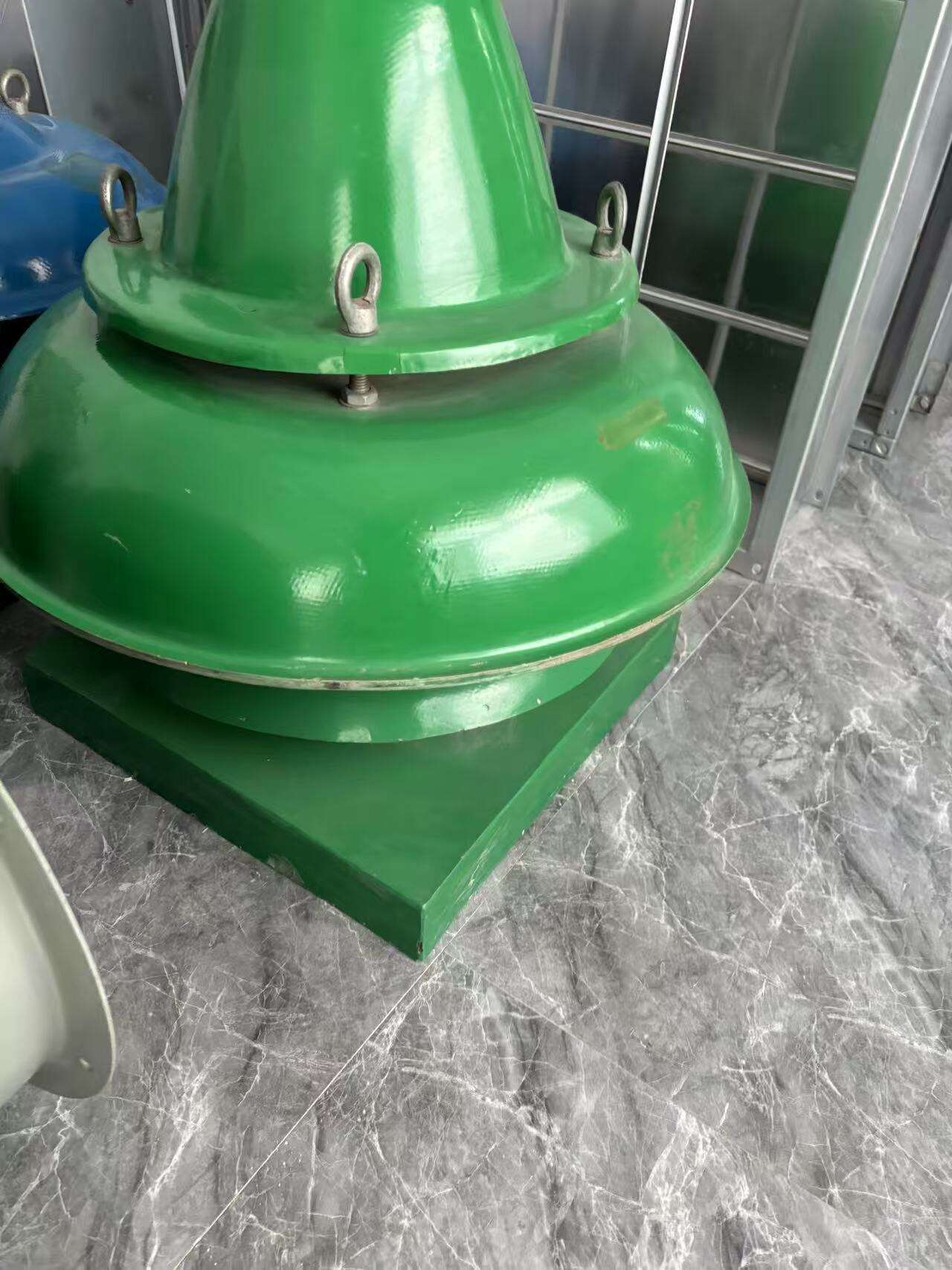
variable speed duct fan is a versatile ventilation device that adjusts its speed to match airflow demands, optimizing energy efficiency and performance. These fans use variable speed motors that can operate at different RPMs, reducing energy consumption when full power is not needed. variable speed duct fan is ideal for spaces with fluctuating ventilation needs, such as homes with varying occupancy or commercial areas with changing usage patterns. The variable speed capability of variable speed duct fan allows for precise control over airflow, maintaining consistent indoor air quality without wasting energy. variable speed duct fan often integrates with smart controls or sensors that automatically adjust speed based on factors like humidity or CO2 levels. Installation of variable speed duct fan is compatible with standard ductwork, with options for inline or booster installation. variable speed duct fan reduces noise at lower speeds, enhancing comfort while providing efficient ventilation.
